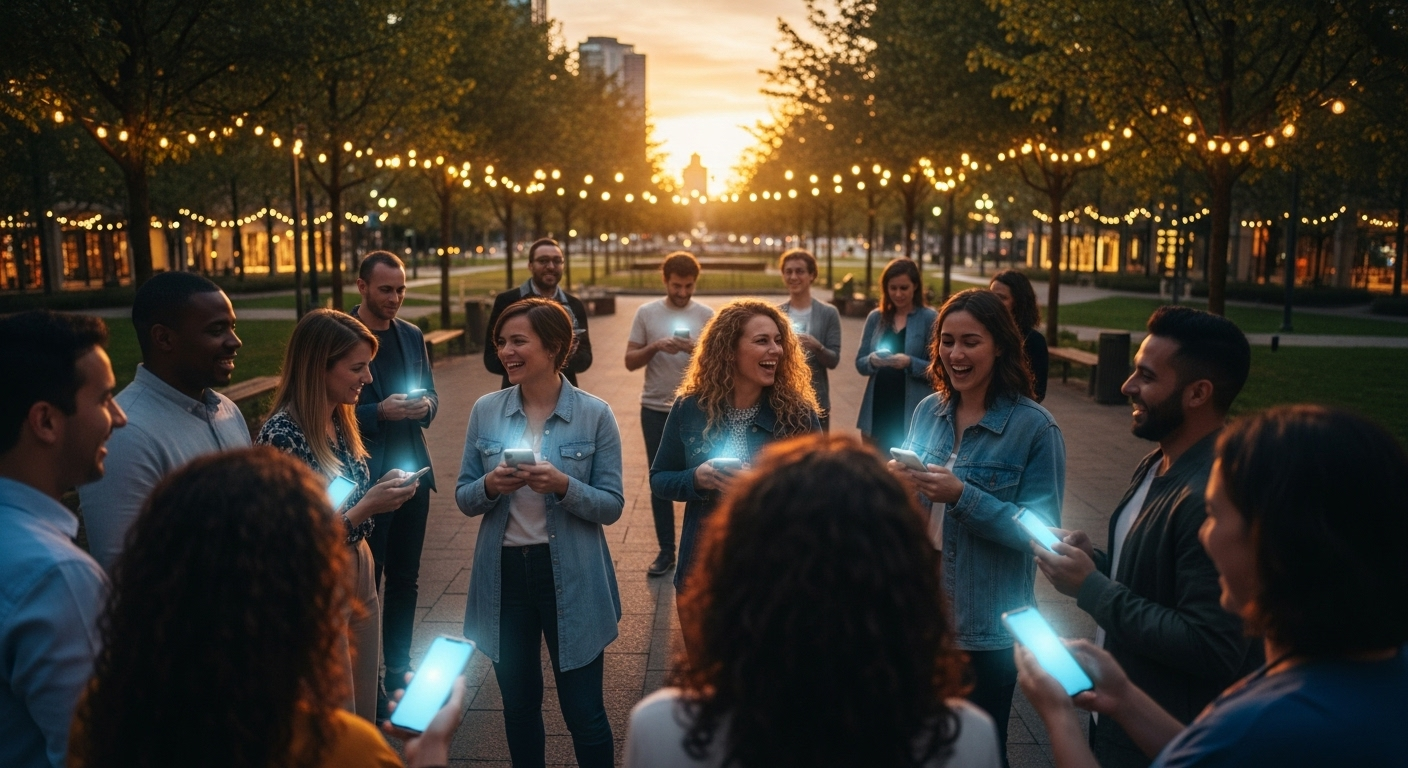Neo-Tribalism: The Resurgence of Community in a Digital Age
In an era of hyper-connectivity, a paradoxical trend is emerging: the rise of neo-tribalism. This contemporary social phenomenon sees individuals seeking deeper, more meaningful connections within smaller, like-minded groups. As digital fatigue sets in and global uncertainties loom, people are increasingly drawn to these modern tribes for identity, purpose, and belonging. Read below to explore how neo-tribalism is reshaping our social landscape and what it means for the future of community.

The Roots of Neo-Tribalism
The resurgence of tribal-like communities can be traced back to several societal shifts. Globalization and rapid technological advancements have created a sense of disconnection for many individuals. As traditional institutions like religion and local communities lose their grip, people seek alternative sources of identity and belonging. The internet and social media have paradoxically both facilitated this disconnection and provided the tools for neo-tribes to form and thrive.
Digital Platforms as Tribal Grounds
Online forums, social media groups, and niche interest websites have become the new gathering places for neo-tribes. These digital spaces allow like-minded individuals to connect across geographical boundaries, forming communities based on shared passions, beliefs, or experiences. From online gaming clans to virtual book clubs, these digital tribes offer members a sense of belonging and shared identity that may be lacking in their physical communities.
The Psychology of Neo-Tribal Belonging
At its core, neo-tribalism taps into fundamental human needs for connection and identity. In a world of increasing complexity and uncertainty, these small, tight-knit groups provide a sense of security and clarity. They offer members a clear set of values, norms, and shared experiences, creating a strong sense of in-group solidarity. This psychological anchoring can be particularly appealing in times of social or economic instability.
Real-World Manifestations
While many neo-tribes exist primarily online, their influence often extends into the physical world. Festivals, meetups, and conventions serve as real-world gatherings for these communities. For example, the Burning Man festival has evolved into a global movement, embodying neo-tribal principles of radical self-expression and communal effort. Similarly, CrossFit gyms have created a tribe-like culture around fitness, complete with their own language, rituals, and social norms.
The Dark Side of Neo-Tribalism
Despite its potential for fostering connection and community, neo-tribalism also has its drawbacks. The strong sense of in-group identity can lead to tribalism in its negative sense, fostering an us-versus-them mentality. This can contribute to social polarization and echo chambers, where diverse perspectives are shut out. Additionally, the fluid nature of neo-tribal affiliations may lead to a sense of rootlessness or constant identity shifting for some individuals.
Neo-Tribalism and Social Change
Interestingly, neo-tribes are increasingly becoming catalysts for social and political change. As traditional institutions lose influence, these grassroots communities are stepping in to address societal issues. From environmental activism to social justice movements, neo-tribes are mobilizing their members around shared causes, often leveraging social media to amplify their message and organize action.
The Future of Community
As we look to the future, neo-tribalism is likely to play an increasingly significant role in shaping social structures and individual identities. The challenge lies in harnessing its potential for fostering meaningful connections while mitigating its divisive tendencies. As society continues to evolve, finding ways to bridge different neo-tribes and promote cross-cultural understanding will be crucial for maintaining social cohesion in an increasingly fragmented world.





